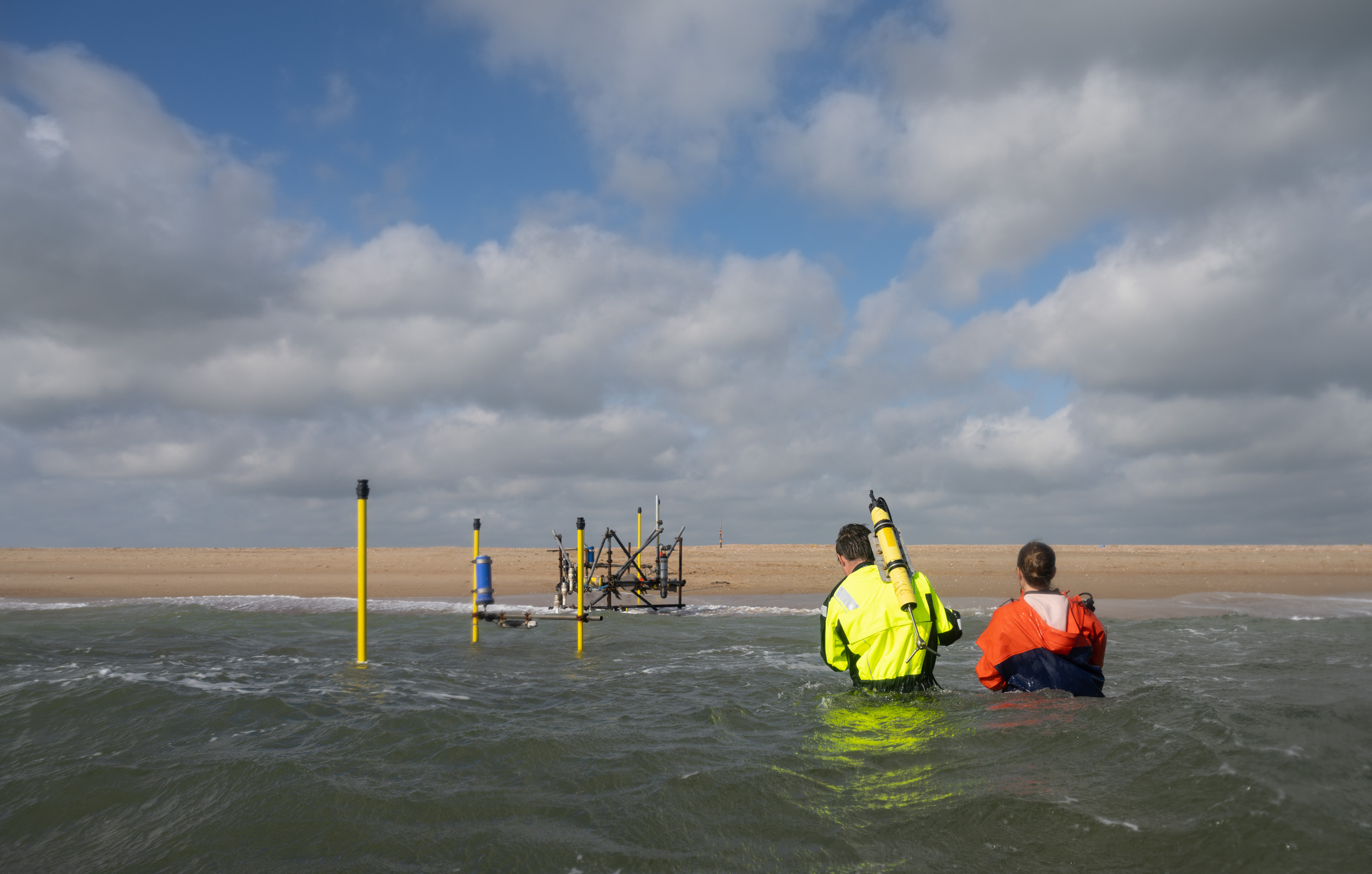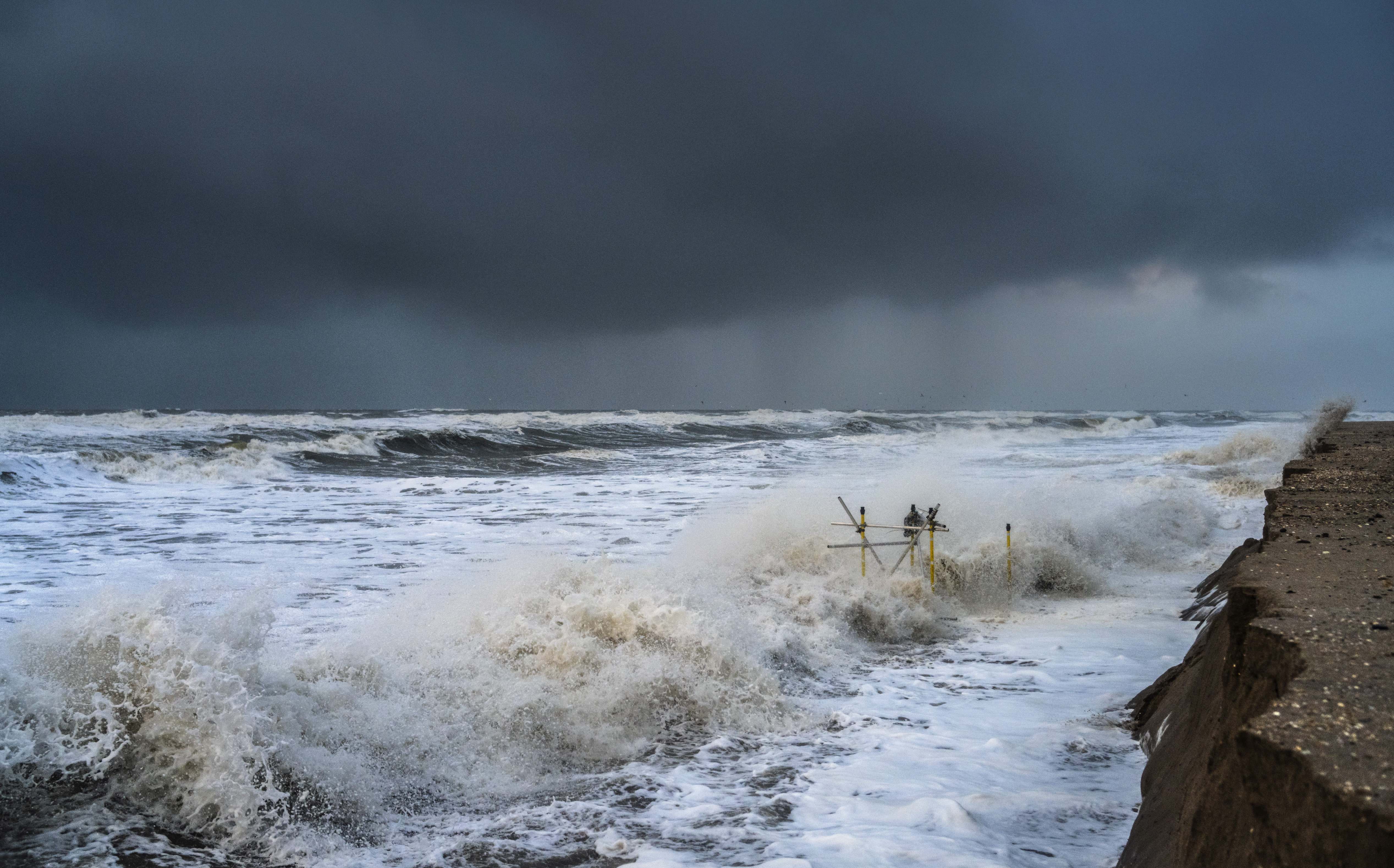Coastal Morphology
Coastlines around the globe have proven to be highly dynamic and constantly adapt to the oceanic climate and nearshore hydrodynamics. As a great portion of the world’s population live and work in close proximity to coastlines, the behaviour of these coastlines can have large natural, social, and economic consequences. On a short term, sudden storm surges can lead to damage of the shoreline, with floods as a potential consequence. On a longer term, processes such as sea level rise can lead to gradual retreat of the shoreline and higher water levels, possibly endangering people living in coastal areas. Understanding the behaviour of coastlines on different timescales is therefore of great importance, and has proven to be a challenge for coastal engineers. Through laboratory work, field experiments, and modelling studies, coastal scientists hope to further improve knowledge on underlying processes to further develop the coastal zone and protect the hinterland.
The coastal morphology group within the section of Coastal Engineering at TU Delft is mainly working on (1) coastal hydrodynamics, such as waves, tides, storm surges, and nearshore currents, (2) coastal sediment transport and (3) coastal morphology and the associated morphodynamics. Examples of research topics are large scale nourishments and optimal nourishment strategies, dune development for resilient coasts, and the building with nature concept, where researchers use natural processes and structures to come with innovative coastal protection strategies.

